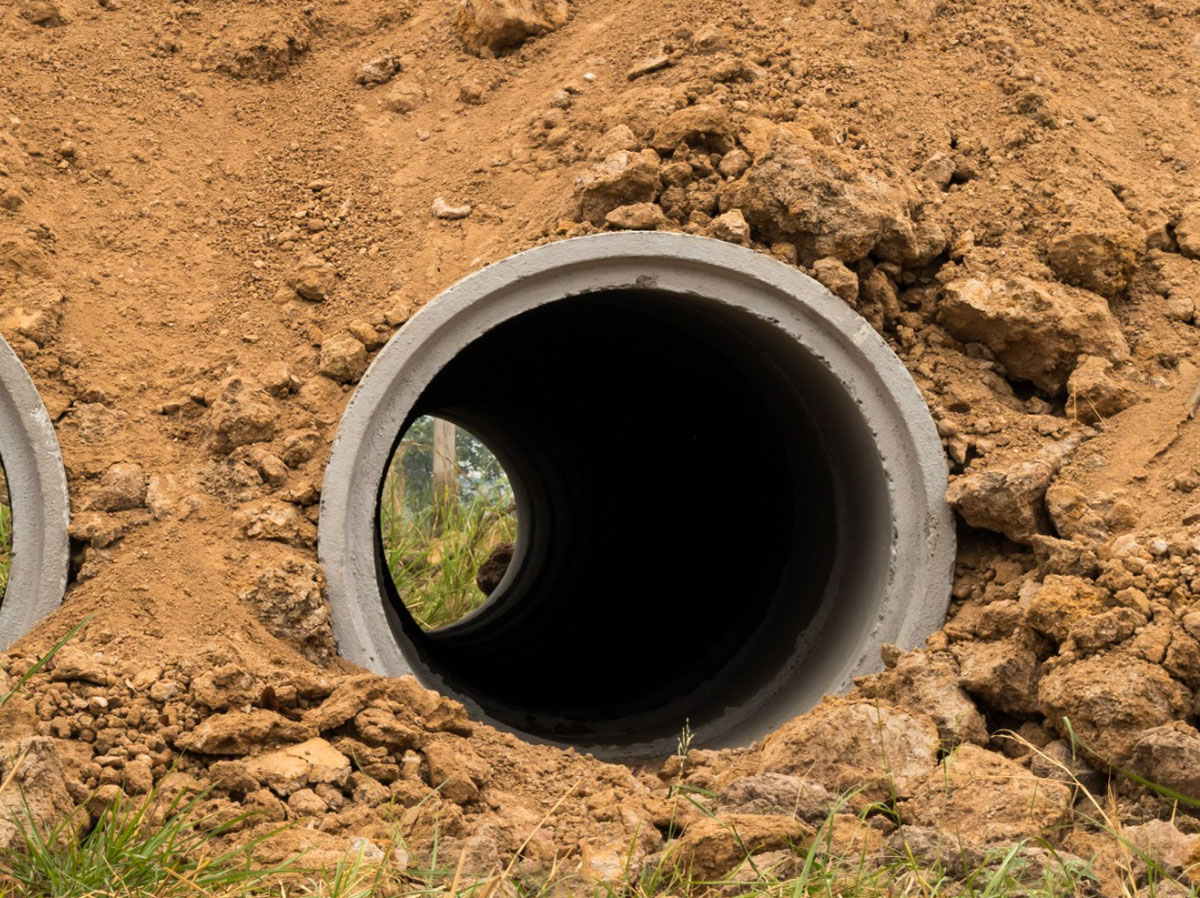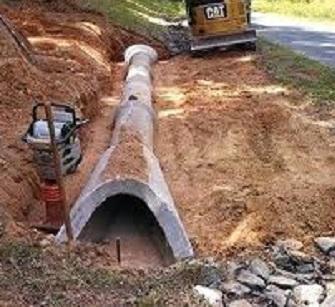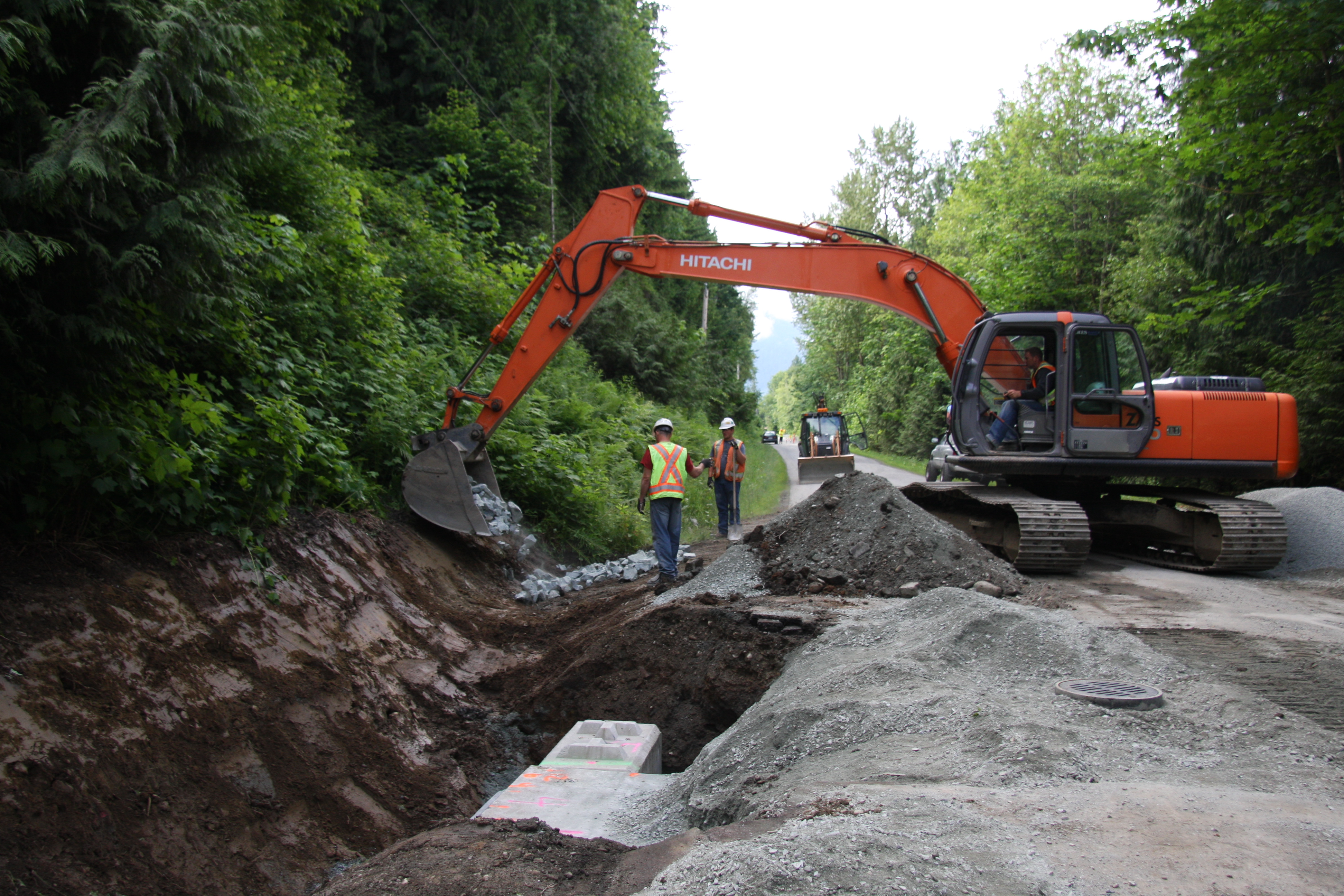Professional Road Construction Providers for Smooth Travel
Wiki Article
Accomplish Success With Culvert Installment: Best Practices Exposed
Installing culverts is a crucial facet of facilities advancement, requiring accuracy and adherence to best practices for long-lasting success. Whether undertaking a new job or keeping existing culverts, the procedure demands meticulous interest to detail. From the initial material option to the last phases of maintenance, each step plays a crucial duty in the performance and durability of the culvert system. In this discussion, we will certainly explore crucial techniques, ideas, and standards that can dramatically affect the result of culvert setups. Understanding these vital factors is extremely important in making certain the structural stability and effectiveness of culverts, making it vital for experts and lovers alike to grasp these foundational principles.Correct Material Selection

Concrete culverts are understood for their toughness and longevity, making them suitable for hefty website traffic locations and large water circulation volumes. Corrugated steel culverts are light-weight and easy to set up, perfect for short-lived applications or circumstances requiring a quick option. Plastic culverts are lightweight, corrosion-resistant, and economical, making them a prominent choice for various culvert installments. Compound materials offer a combination of residential or commercial properties from various materials, giving a customizable solution for details project requirements. Eventually, selecting the proper material is important to guarantee the culvert system works properly and has a lengthy solution life.
Site Prep Work Tips
Reliable site preparation is essential for the successful installation of culverts, guaranteeing appropriate assimilation with the surrounding environment and long-lasting capability. Before beginning the installment process, it is important to carry out an extensive website assessment to determine the proper size, kind, and positioning of the culvert. Clearing up the location of any particles, plant life, or obstructions is the very first step in website preparation. This makes sure a tidy and degree surface area for the culvert to be installed.Following, the soil problems need to be reviewed to examine the stability and load-bearing capability of the ground. Relying on the soil type, additional measures such as compaction or reinforcement might be needed to prevent settling or moving of the culvert in time. Correct water drainage considerations need to additionally be considered to avoid water buildup around the culvert, which can result in disintegration or architectural damages.
Lastly, establishing correct access to the site for building devices and making sure conformity with any regulative demands are vital elements of website prep work. By adhering to these site prep work pointers, the setup of culverts can be brought out effectively and properly, Pad Construction promoting the longevity and functionality of the culvert system.
Setup Strategies

To start with, it is necessary to precisely measure and mark the area where the culvert will be mounted. This makes sure proper alignment and avoids any mistakes throughout the installation stage. Excavation should be done thoroughly to develop a secure foundation for the culvert. The trench ought to be dug to the appropriate deepness and width, taking into account the size and type of culvert being installed.
Appropriate positioning is vital for the functionality and long life of the culvert. By complying with these installment strategies diligently, the culvert will be successfully installed, adding to the overall success of the project.
Maintenance Guidelines
After finishing the careful installation of culverts complying with correct techniques, adherence to upkeep standards is paramount to ensure their long life and capability. Routine assessment is vital to determine any kind of signs of wear, obstructions, or architectural damages early. Inspections must include looking for debris accumulation, disintegration around the culvert edges, and any type of indicators of deterioration or corrosion. Clearing particles, such as branches or leaves, from the inlet and outlet frequently is important to protect against blockages that might lead to flooding.Additionally, keeping appropriate slope and positioning of the culvert is vital for reliable water circulation and to protect against potential clogging. Road construction. Any plants near the culvert ought to be managed to avoid root invasion and obstructions. In areas susceptible to freezing temperature levels, carrying out winter season upkeep methods such as making sure correct drain to protect against ice accumulation is crucial
Routine upkeep not only prolongs the life-span of culverts but likewise guarantees they work successfully in taking care of water circulation, lowering the risk of damage to infrastructure and surrounding areas.
Troubleshooting Common Issues
Attending to typical issues that may develop with culverts calls for a methodical strategy and cautious evaluation of the underlying causes. By inspecting the culvert placement and slope on a regular basis, possible concerns can be recognized and dealt with without delay.
Conclusion
In final thought, accomplishing success with culvert installation calls for careful consideration of product selection, comprehensive site prep work, appropriate installment methods, and normal maintenance. By adhering to ideal methods and repairing usual issues, the integrity and functionality of culverts can be ensured. It is necessary to adhere to guidelines and recommendations to prevent any possible problems and ensure the durability of the culvert system.Report this wiki page